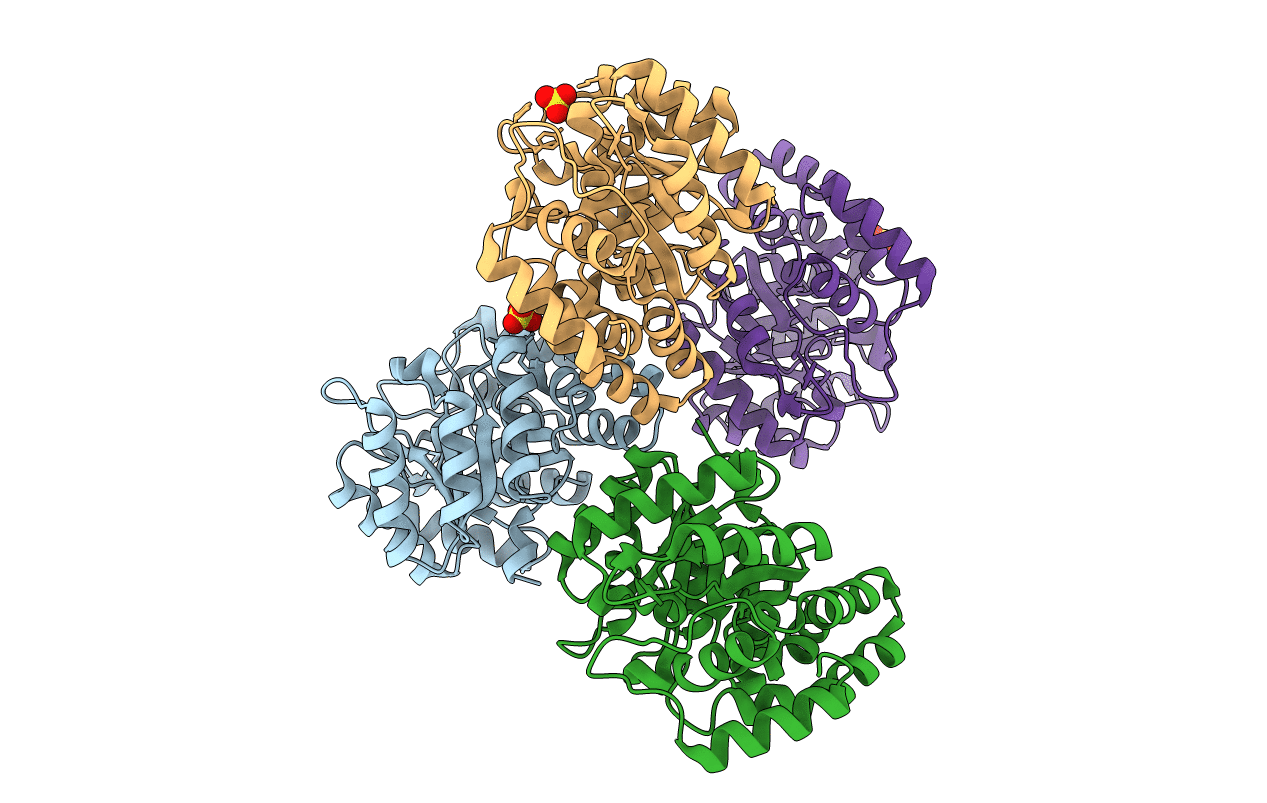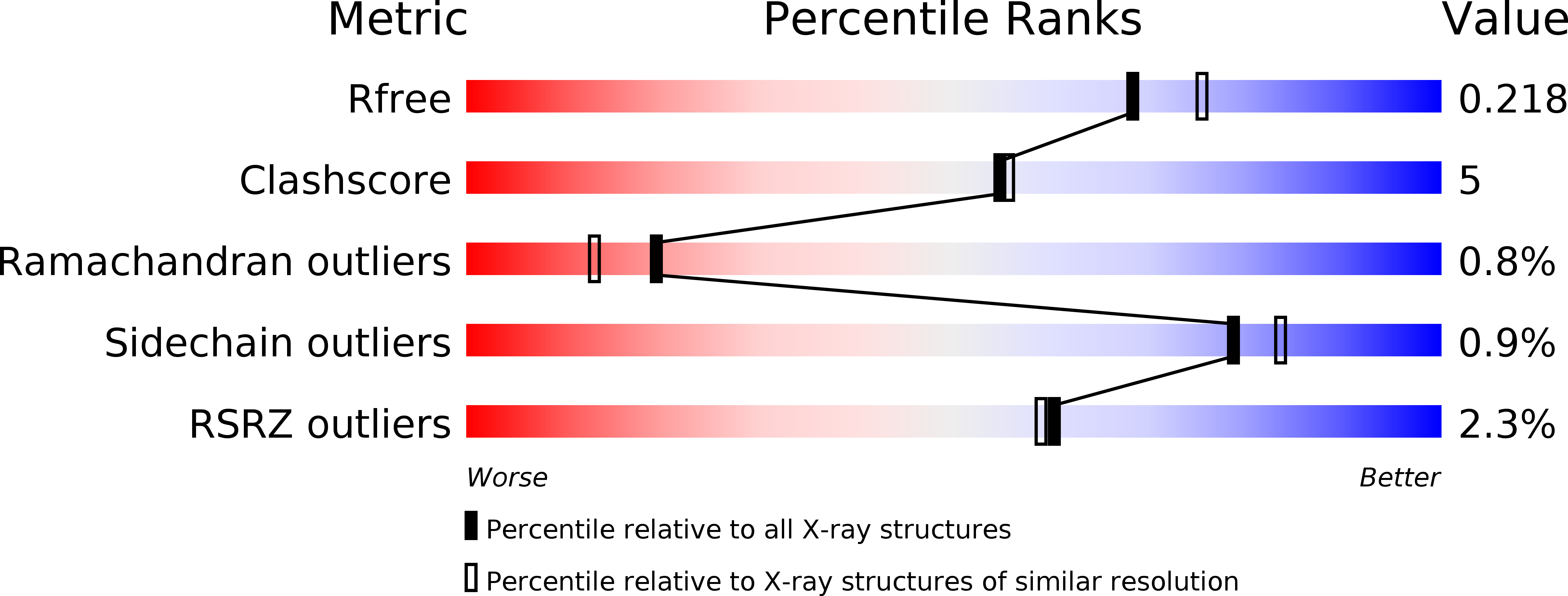
Deposition Date
2010-10-19
Release Date
2011-11-23
Last Version Date
2024-03-20
Entry Detail
PDB ID:
3PB0
Keywords:
Title:
Characterisation of the first monomeric dihydrodipicolinate synthase variant reveals evolutionary insights
Biological Source:
Source Organism:
thermotoga maritima (Taxon ID: 2336)
Host Organism:
Method Details:
Experimental Method:
Resolution:
2.00 Å
R-Value Free:
0.19
R-Value Work:
0.15
R-Value Observed:
0.15
Space Group:
P 1 21 1


